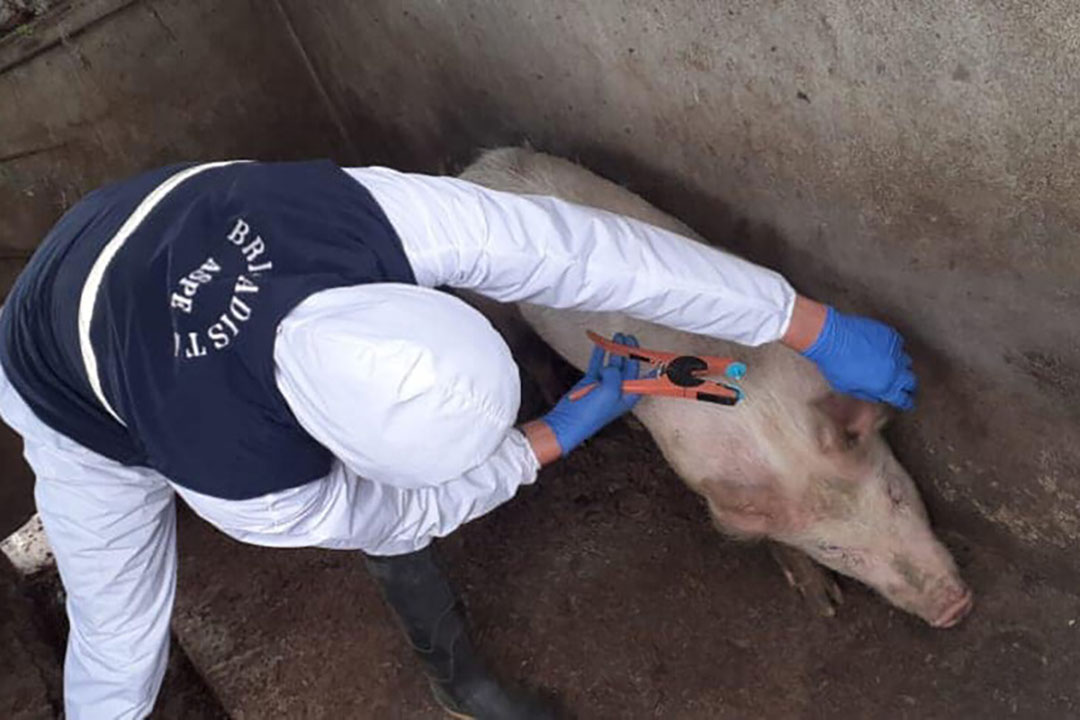Ecuador: pig sector looks for public support to become exporter

In the months leading up to the event United Pork Americas, Pig Progress takes a deep dive into pig-producing countries in the Americas. What is pork production like in the various countries in both continents, and what are the perspectives for development? Today: a closer look at Ecuador.
Ecuador has doubled its pig production between 2010 and 2020, due to a consistent industrialisation process throughout the sector after 2005. According to the Pig Farmers Association of Ecuador (ASPE), that was the time when work began on improvements in genetics, food and health. This effort has been driving demand in the internal market and has made small, medium and large companies increase their production levels.
 As a result, the country produced 190,000 tonnes in 2020 against 95,000 tonnes a decade before. Similarly, consumption per capita also increased up to 70% at the same time. Currently, each inhabitant eats around 11 kg per year, which was no more than 6.8 kg in 2009.
As a result, the country produced 190,000 tonnes in 2020 against 95,000 tonnes a decade before. Similarly, consumption per capita also increased up to 70% at the same time. Currently, each inhabitant eats around 11 kg per year, which was no more than 6.8 kg in 2009.
Casing and fat
Despite the fact that the national supply is sufficient to feed local consumers, processors still need to buy certain products in which the country has a deficit. For instance, casing and fat, which are required sausage producing.
According to official data from Ministry of Agriculture, Livestock, Aquaculture and Fisheries (MAGAP), there were 1,737 pig farms with 20 or more animals in 2010 all over the country. The Sierra and Costa regions concentrated 79% of farms and 95% of animals.

CSF in Ecuador
Each sow produces 16.83 pigs per year in Ecuador. Among technified farms, this average was 22.4 pigs per sow per year, while in non-technified farms the same index was 9.6 pigs/sow/year. Moreover, Ecuador is implementing the Project for the Eradication of Classical Swine Fever (CSF), one of the most feared diseases for pigs.
The main objective is to declare the Ecuadorian herd free of CSF in order to boost production and internal productivity.
Exporting pork globally
This initiative it may create new possibilities of exporting pork globally, with the added benefits to market and pig farmer income. “We are excellent pig producers, with magnificent slaughterhouses, and we make the best cuts for international market requirements. Within 3 to 5 years we could export pork”, said Jorge Páez, ASPE president.

Share of the pig sector
Currently, there are 100 large pig producers in the country, as well, many other smaller ones. The sector generates 80,000 direct jobs and nearly 200,000 families work within pig farming. The share of the pig sector in Ecuadorian agricultural GDP is around 8%.
Pig farmers having crucial demands
Pig farmers have some crucial demands in order to strengthen the sector. The presented these to the new government, led by the president Guillermo Lasso. They asked the government to seek efficiency in raw material prices, because Ecuadorian inputs are expensive in relation to neighbouring countries. Furthermore, the Ecuadorian sector also wants trade agreements, mainly with Asian countries, as well as more control over smuggling, labour flexibility, reducing tax levels, and preferential rates on credits.
 Beheer
Beheer








 WP Admin
WP Admin  Bewerk bericht
Bewerk bericht